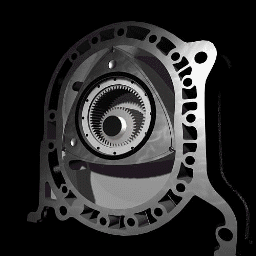-
Featured Topics
-
Topics
-
0
-
coolbean28 ·
Posted in Graphics Cards5 -
awsomename999 ·
Posted in Troubleshooting3 -
RoyTheGeek ·
Posted in Phones and Tablets1 -
NexDeformedpoto ·
Posted in Networking2 -
3
-
6
-
2
-
Soapy1234 ·
Posted in CPUs, Motherboards, and Memory6 -
tridy ·
Posted in Programs, Apps and Websites2
-
















Create an account or sign in to comment
You need to be a member in order to leave a comment
Create an account
Sign up for a new account in our community. It's easy!
Register a new accountSign in
Already have an account? Sign in here.
Sign In Now